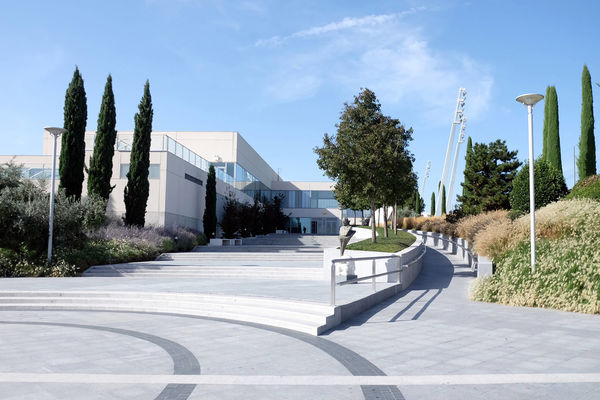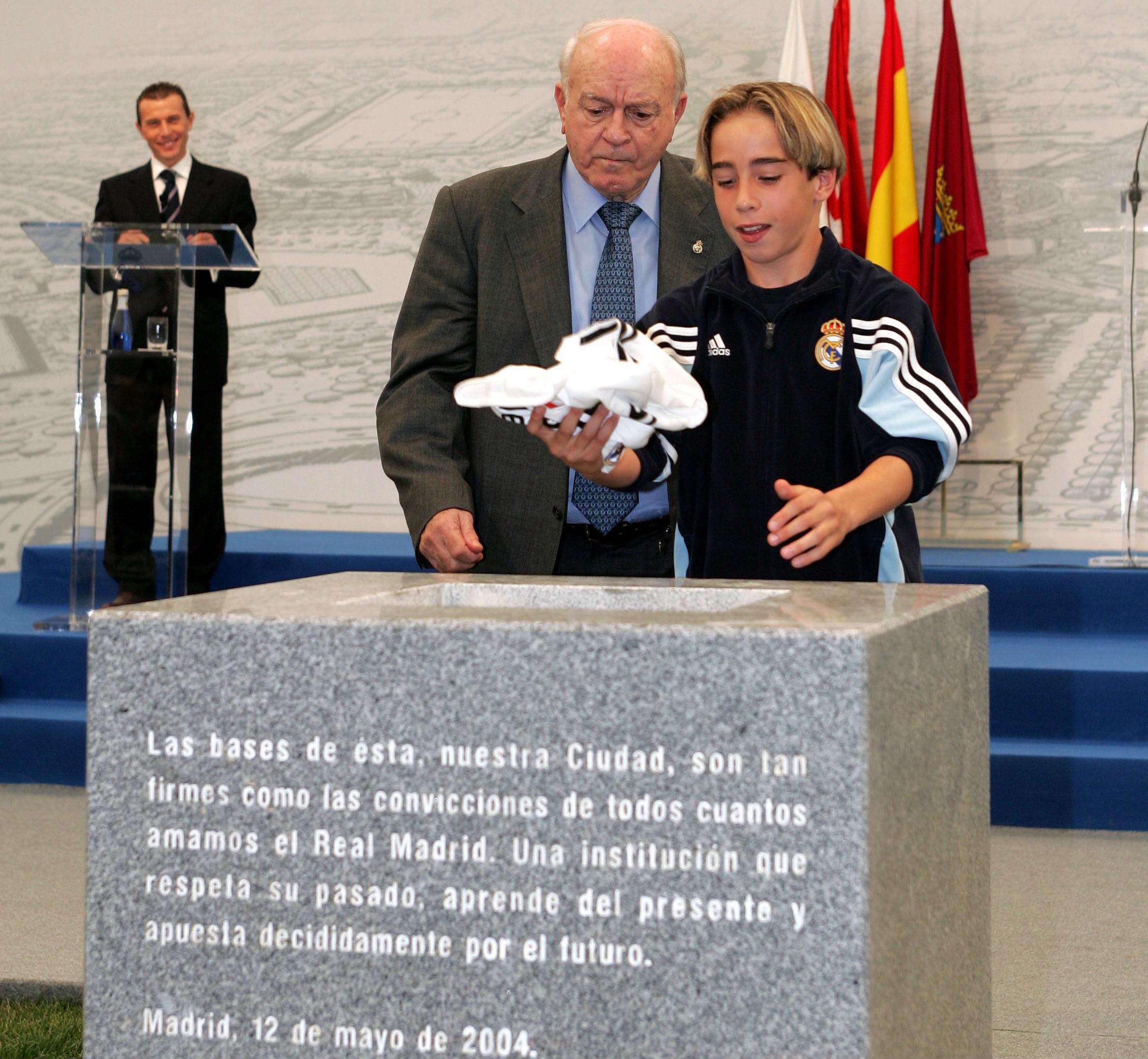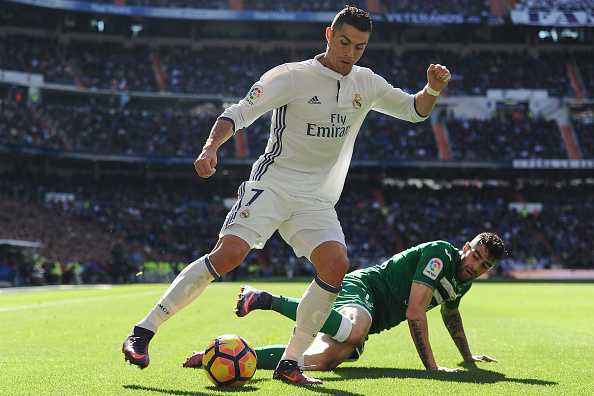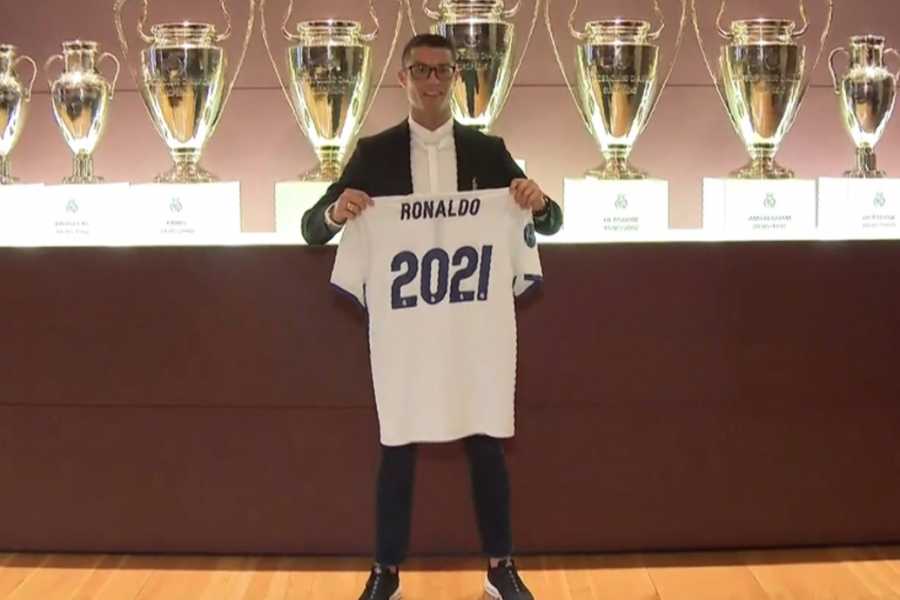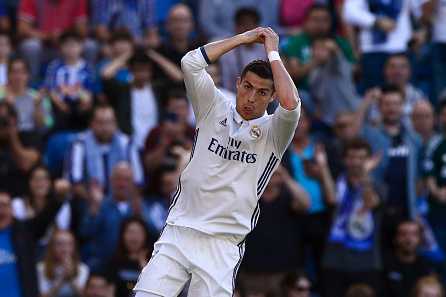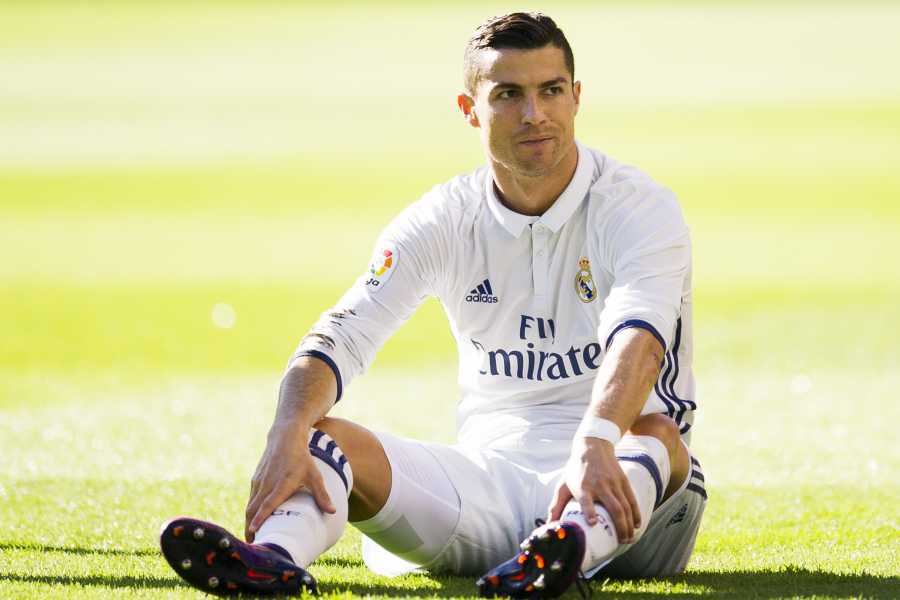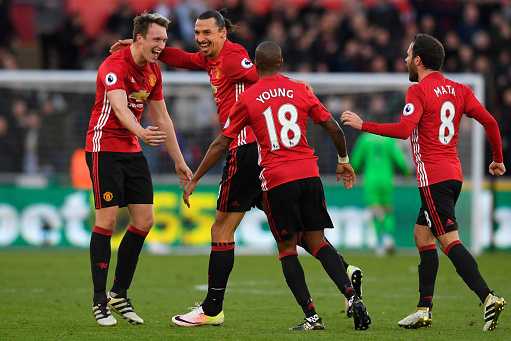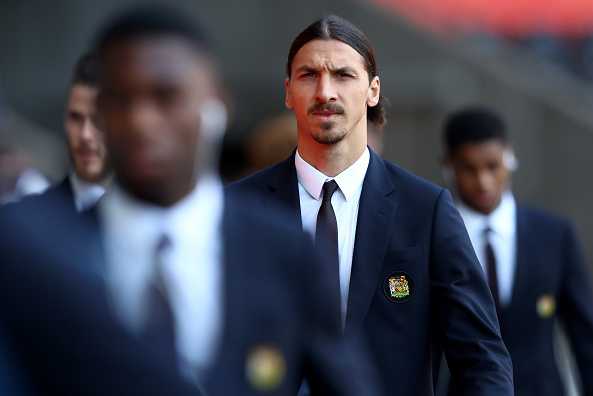La Fabrica's dream factory, like all elite football academies, is an unforgiving place. The average stay for those living at the facility is three years. Currently 82 boys (65 footballers and 17 basketball players), drawn from countries as far away as Norway and Paraguay, live full-time at Ciudad Real Madrid.
Ignacio Martin arrived in August 2008. He had just turned 15 and was accompanied by his 14-year-old brother Eduardo. They had won the football lottery. The brothers had been selected to join La Fabrica, leaving behind family life on the island of Tenerife.
Ignacio was awestruck. Some of the other boys he joined for his first training session at Madrid had already been exposed through Canal+ TV coverage of youth-team games. Now he was among them.
"I remember it was a shocking experience to walk inside and see that you’re going to be playing with these guys," he says. "They were already stars. If a player—who might be 13 or 14 years old—has a good tournament on television, the media will say, 'This guy is going to be the next Cristiano Ronaldo, the next big player in La Liga.'
"Seven of the Spain under-15 national team were in that locker room, including Jese, Enrique Castano and Diego Llorente, a centre-back for Malaga. Once you go into the locker room and you see you’re going to be playing alongside these guys, it’s such a weird feeling. You’re scared because you don’t know if you’re going to be good enough. At the same time, you’re ready to take the challenge."
The annual cost for a young player’s schooling and accommodation is between €35,000 to €40,000, excluding the maintenance costs for the club’s training facility at Valdebebas. When Ignacio signed up, the club covered all his accommodation costs, travel expenses and school fees for the year. They also gave him a monthly allowance of €200. For some overseas players, Madrid will pay to relocate their entire family to nearby apartments.

All academy players pass through the security turnstyle on arrival at La Fabrica.
Ignacio recalls team-mates being given €500 to spend each month on product catalogues from their brand sponsors. He heard of an older boy at the academy who’d bought a new Audi, even though he didn’t have a driving licence. The distraction of unimaginable riches comes early, and the best of the youngsters have to deal with premature star status.
"When you are very young, it suddenly changes from a game that you enjoy to a game that you get money for," says Roberto Rojas, who arrived as an 11-year-old, played with Real Madrid’s first team in the late 1990s and coached at the academy for six years. "When money is part of the game, you need to have your head very well furnished.
"You’re talking about players who don’t have the maturity to deal with all the things that can land on your head. One day, an interview with a journalist, another day you’re asked to go on TV. It’s not easy when you’re so young. Then things start happening like agents getting involved, they start earning big money. Then a young player starts getting a swelled head. It’s difficult to assimilate all these changes when you’re so young."
Ignacio and his youth-academy team-mates living at La Fabrica lived an ordered, structured existence. Training, school and meals, then bed. Lifelong friendships were forged, he says, and petty, perverse cruelties endured.
"I remember one day this kid peed in his bed while he was sleeping. That was the funniest thing, but I don’t know what that guy must have been feeling. His parents were far away. He was alone. He was around 13 at the time and he had all these guys around him making fun of him. Looking back it must have been really hard for him. How do you deal with that?
"Boys couldn’t bear the pressure. They got into fights with each other. Two guys—who, funnily enough, were good friends—used to lock the door and start beating each other up just because there was so much pressure, so much testosterone, rivalries, competition between players."

The class of 2015-16 pictured at La Fabrica, with goalkeepers in green.
To keep his spirits up, Ignacio would sing motivational songs to himself on the 45-minute ride to training—convincing himself over and over again that this was what he truly wanted. His season was pockmarked with injuries, among them tendinitis, pulled calf muscles and a sprained ankle. He partly attributes these problems to a poor diet and a patchy sleep pattern. He regrets that more effort wasn’t spent exploring the causes of players’ injuries, but does say the academy’s medics were always first-rate in their treatment.
La Fabrica's medical team’s resources are the envy of La Liga. "They have the most avant-garde facilities in their field," says Juan Muro Zabaleta, who worked as a physio for Real Madrid’s first team from 1992-2015. I have spoken with the physiotherapists of Getafe and Atletico Madrid because I know them, and they’ve told me that their facilities are not as high-tech as Real Madrid’s. It’s incredible—the facilities, the club, the hotel, the residences. Everything is first-class."
Dr. Jaime Abascal, La Fabrica’s medical doctor and a specialist in sports medicine at University Hospital of Sanitas La Moraleja, says muscle injuries—and particularly hamstring injuries—are the most common among the academy players. He singles out two advanced areas the medical team works on to get injured players back on the pitch as quickly as possible.
"In the last few years, there has been a lot of progress in regenerative therapies. There is enough scientific basis for us to practice these treatments. ...They’re producing better results."
Ignacio's results on the pitch weren’t good enough. At the end of the season, he was released—one of five or six from 23 in his squad to suffer the fate. He is now studying law at University College London in England. Almost half of his brother’s group were cut adrift the same summer. The pair were part of a numbers game.
"Boys couldn’t bear the pressure. They got into fights with each other. Two guys—who, funnily enough, were good friends—used to lock the door and start beating each other up just because there was so much pressure, so much testosterone, rivalries, competition between players."
Ignacio Martin
"We were racehorses," he says. "I knew it would be competitive, but I didn’t know it would be that competitive at such a young age. It was hard, insane competition. Players were competing against each other, making negative comments about each other even during a game instead of encouraging each other. It didn’t lead to good team chemistry.
"Even at such a young age, we were playing at psychological tactics with other guys who were competing for the same position as you on the field, say, as a right-back or centre-back. You tried to delegitimise the other guy as much as possible, making him insecure. Kids being bad, but with a purpose: 'I’m here to stay. I’ll work harder than you. I’ll do anything as long as I’m the one who stays and you are the one who leaves.'
"It was survival of the fittest."
Ignacio says the coaches were "indifferent" to the Darwinian struggle unfolding among their players. "I remember a game we had in Parla. I wasn’t a starter. I came on in the second half. My mind wasn’t in the game. I played badly. On the Monday after it, I was already dreading training.
"One of the comments my coach made that evening was: 'If it depended on me, I would send some of you guys back to your f--king home.' You being 15, and being away from your parents, knowing that your stay in Real Madrid was being jeopardised by your actions or your inability to cope or that you might not be as good as you thought you were, those comments can really hurt you."
